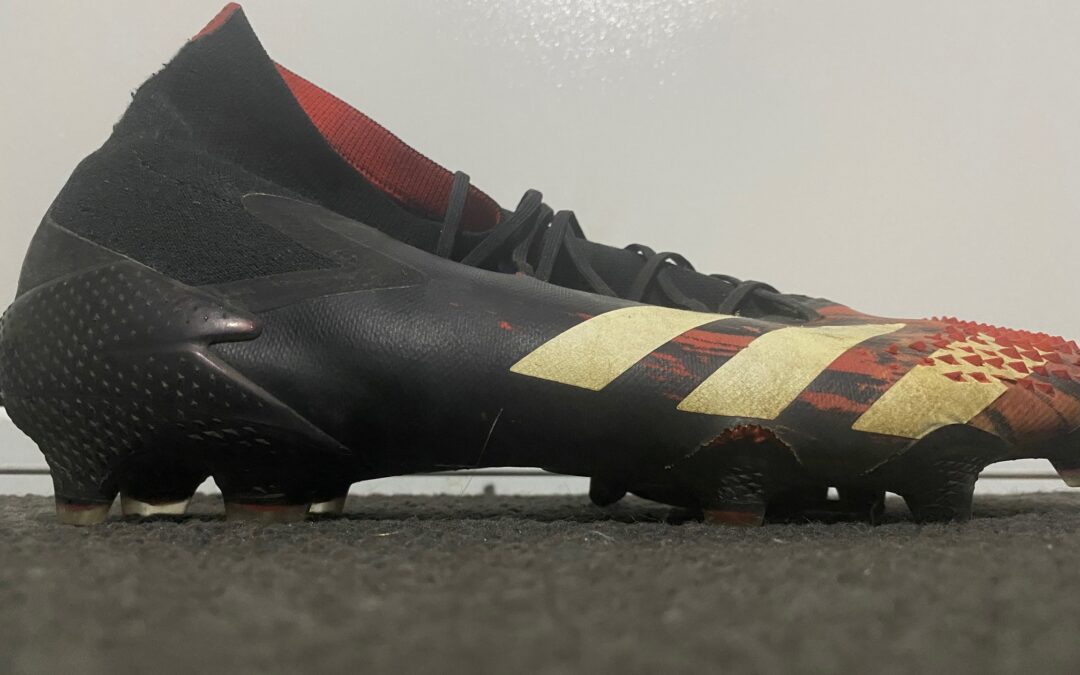As the increase in knee injuries is occurring in various female athletes and sports, it begs the question of why this is occurring and how this compares to male athletes.
Female athletes tend to experience anterior cruciate ligament (ACL) injuries two to eight times more than male athletes. Sports that involve changing direction like soccer, rugby and basketball are the leading cause of ACL injuries.
Rugby Union player, Zali O’Brien mentions her experience with ACL injuries and the damage that occurred to her body. She says,
“I made a break and got tackled from behind, the girl jumped on my back and her knee hit the side of my knee throwing it out of rhythm. This made me step awkwardly and fall.” She said
I did a grade 3/complete tear of the ACL, along with Grade 2 MCL, Meniscus damage, and an impact fracture in the femur bone.”
“For the ACL to recover they are thinking 9-12 months, But as I did MCL as well I had to wait 6 weeks for that to heal completely before I got the surgery, as they were concerned that I would not get a full range of motion if the MCL didn’t heal first, so It will be around 10 and a half months minimum and potentially 13 months if it takes longer.”
Ahead of the Women’s World Cup various players like Beth Mead and Viviane Miedema sustained ACL injuries right before the Women’s World Cup this year. Injuries to athletes such as Mead, Miedema or O’Brien can be carer-ending and take them out for much longer than just one season.
In an interview with exercise physiologist, Carol Robbins highlights the potential risk factors for female athletes. With particular mention of the various reasons that can lead to female athletes’ knee injuries,
“This increased incidence is believed to be associated with environmental, anatomical, hormonal, biomechanical, and neuromuscular mechanisms,” she said.
“Environmental factors include weather conditions, the playing surface, and footwear.
“Anatomically, research has linked the incidence of injury to such issues as an increased Body Mass Index (BMI), greater Q angle (a line representing the resultant line of force of the quadriceps muscle between the knee and hip), size of the ACL, and greater foot pronation.”
Companies also noticing this rising issue include Nike who has decided to produce products to combat the issue. Introducing new boots called the Phantom Luna which include a Nike Cyclone 360 which enhances rotational traction and reduces the risk of ACL injuries.
As increases in knee-related Injuries occur across female sports leaves a resounding question of what are other strategies to prevent less talented athletes from getting any more knee injuries?

